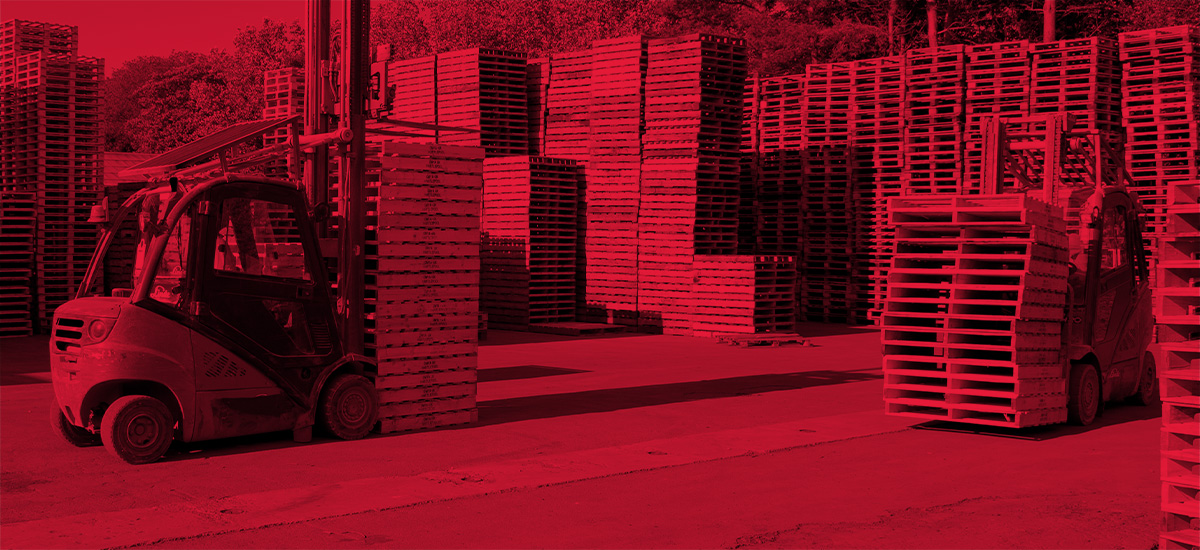As the coronavirus crisis shows no sign of waning across the world, one of the most pressing questions among the public has been if the virus lives on surfaces – and if so, for how long?
While research has suggested that the virus can survive on some hard surfaces for up to three days, it is unclear whether it lasts in adequate strength or quantities to transmit.
However, what is clear is that germs of all types live longer on plastics whilst wood has natural antibacterial properties making it an ideal material for use in hygiene-sensitive operations.
A recent study, carried out by the Institut für Holztechnologie Dresden, in Germany, on behalf of the German pallet manufacturer EPAL, compared the microbial properties of its standard wooden pallets to those made of plastic.

The results were clear; the research found that bacteria had a lower survival rate on the wooden surface compared with the plastic. This makes wooden pallets a more suitable option for transporting hygiene-sensitive products and, during a worldwide pandemic, it could help prevent the spread of viruses.
What’s more, the study also found that sections of wear and tear on plastic pallets provided ideal conditions for the growth of bacteria. The wood, meanwhile, was found to have properties that prevent microorganisms from spreading – with more than 13 times the antibacterial activity of the plastic pallets.
This most recent study corroborates the findings of earlier reports into whether wood is a suitable material to be used in food storage – where the answer was also affirmative.
In 2016, a report by Aviat et al reviewed 86 publications to understand whether contact between wood and food is safe. The survey concluded that, despite what may be assumed from appearances, wood is suitable because its rough surface and porous structure create conditions that are inhospitable to microorganisms.
In addition to its natural hygienic properties, wooden pallets are also subject to the ISPM15 international packaging standard to make sure there are no nasty insects hiding in the timber. Using high temperatures to kill these bugs is the most common form of treatment of wooden packaging, and involves treating the timber at 56° for at least 30 minutes.
Here at RPS, we believe wooden pallets are always the preferred option, not only for their hygienic properties, but also for their ability and durability to be reused and recycled.
What do you think? Find us on LinkedIn or tweet us at @rps_limited to join the conversation.







